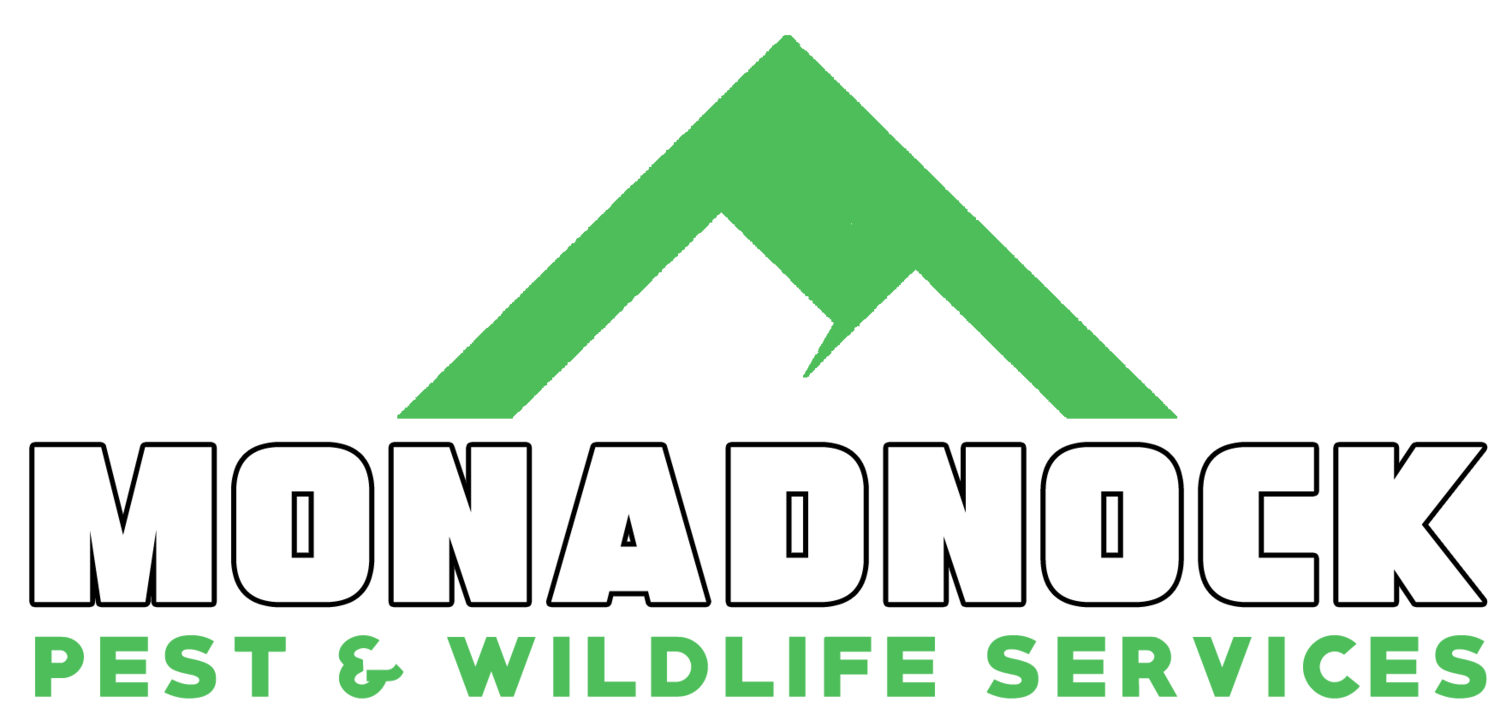New Hampshire snow loads help predict spring pest pulse
Although February in New Hampshire doesn’t typically elicit thoughts of mosquitoes and ticks, this past week’s unseasonable 60-degree heatwave got me thinking about what’s inevitably to come in just a few short weeks - the spring thaw! (And the plethora of little creatures that come with it.)
As New Hampshire residents indulge in their fill of ice fishing, skiing, sledding, skating, and all those winter-time festivities, the thought of pesty summer bugs is probably the last thing on anyone’s mind.
What many may not realize is the iconic snow cover synonymous with New England winters may provide a barometer of what we can expect for pest pressure this coming spring.
Just don’t shoot the messenger!
Tick’d Off
The most iconic of modern NH pests is undoubtedly the Tick; of which several species call the Granite State home. These parasitic arachnids are part of a mite superorder, hanging out in grassy forested areas awaiting a traveling host to latch upon for a blood meal.
Last spring saw a heightened tick presence across southern New Hampshire, (my phone call logs will corroborate) and based on this winter’s snow cover, I predict tick activity to remain high for 2022.
Most would think a bitter winter with lots of snow cover would impede or “kill off” tick populations. Alas, this train of thought is nothing short of mere wishful thinking.
Consistent snow cover, especially during extremley cold periods of New England’s winters, actually acts as an “insulator” of sorts for ticks bedded down under the leaf litter of the forest floor.
As the ground cover gives off heat, and the snow pack insulates against the bitter cold and winds, our eight-legged blood-sucking adversaries are cozy and nestled in for the long haul.
Some ticks won’t even bother to hibernate at all; instead surviving frigid winters literally on the backs (or ears, scalps, furry necks, etc.) of host mammals such as opossums, mink, skunks and others.
The tick’s uncanny ability to hardily ride-out NH’s bitter winter means its here to stay, and the more prolonged snow cover means improved survival odds. Luckily, Monadnock Pest & Wildlife Services is here with seasonal tick control services that seek to give your property a protective edge (while being mindful of beneficial insects such as pollinators).
Mud Means Mosquitoes (and others)
Ticks aren’t the only perceived pests benefiting from snow cover. Many of our seasonal insects may not prefer the snow, but absolutely thrive in what that snow will become when the temperatures start to rise.
As spring emerges, and days increase, so does the water table; with melting snow pooling into stagnant breeding grounds for other blood feeders like mosquitoes.
Mosquito activity increases as a result of wet springs which increase breeding sites and opportunity.
Mosquito larvae and pupae live and thrive in water with little or no flow, much like the pools created by quickly-melting snow.
The same spring “thaw” that turns New Hampshire’s country dirt roads into impassable mud pits also produces an onslaught of temporary mosquito breeding grounds dotted across the landscape. Mo’ mosquitoes, mo’ problems!
If you’re in southern New Hampshire, don’t forget to check out our Mosquito Control Services.
Perhaps one of the most prolific structural pests in New Hampshire, the Carpenter Ant, also thrives in moist environments; where damp and punky wood allows for easier mining of tunnels and galleries for nest harborage.
Depending on how quickly this season’s snow melts (and how much more snow we get before spring) may determine the pressure faced by moisture-driven insects like ants.
Carpenter ants observed foraging. This species is a common occurrence in and around NH homes and are attracted to damp ad moist structural conditions.
Based on my observations in and around NH homes this winter, I envision a busy ant season too!
Other occasional home invaders who thrive on excessive moisture like that produced by high snow melt include springtails, book lice, silverfish, and earwigs.
And it’s not just the snow melt that pest-wary residents should be mindful of. If our spring snow melts are coupled with a very rainy spring, there’s likely to be more than “May flowers” on everyone’s mind. A very wet and rainy spring will undoubtedly compound the success and abundance of the above mentioned arthropods.
While nature’s ways are inevitable, there are some things you can do to reduce spring pest pressure after “the thaw”.
Ensure any damage incurred by winter ice dams on roofs are addressed and repaired.
Check that gutters are operating properly on warmer days to ensure snow melt is directed away from the perimeter of the home.
Avoid allowing lawn items and possessions stored in the yard to collect stagnant water - which may quickly allow breeding sites for mosquitoes.
And don’t forget to contact Monadnock Pest & Wildlife Services for all your structural pest control needs!


